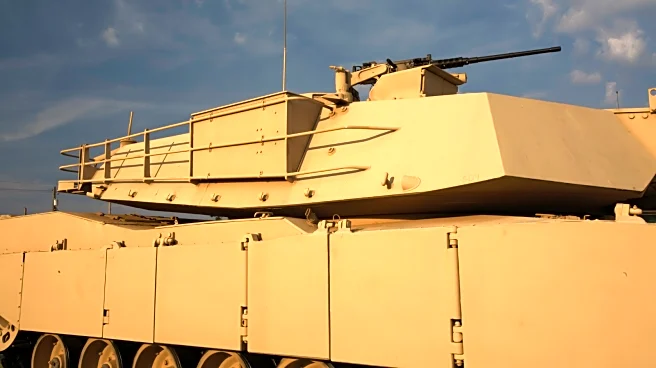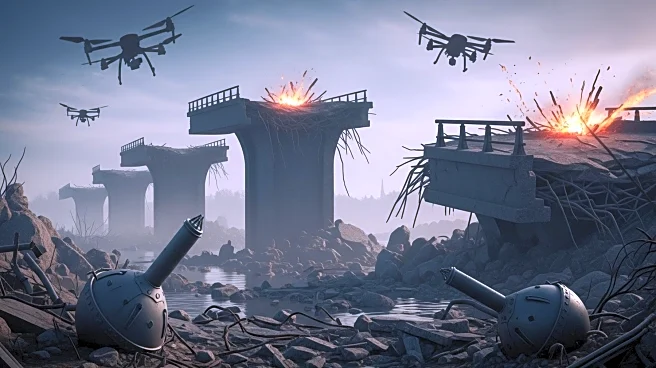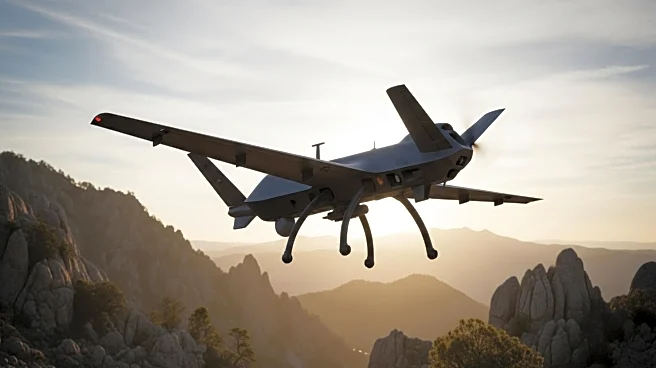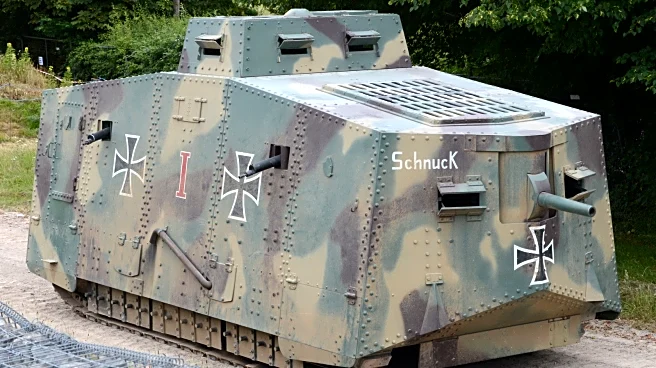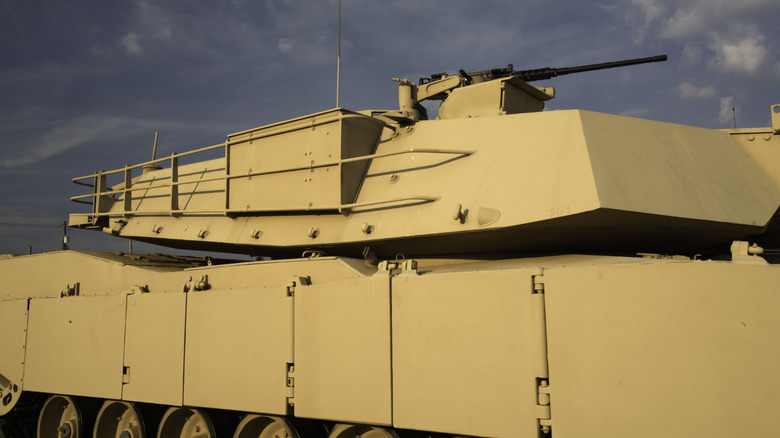
The fantastic Abrams tank family has remained a U.S. military mainstay since it entered combat in the '90s, and that's because it has been carefully upgraded over its lifespan to remain effective. The Active Protection System that has been developed for some models was devised as a means of detecting and intercepting incoming explosive threats. As heavily armored as these vehicles are, particularly in the front, the armor-piercing properties of many threats mean that simple reinforcement and thickness
are not practical solutions by themselves.
Another sophisticated response from the Abrams' designers is the blowout panel. This new innovation was added to the family not to avoid a hit from unfriendly forces, but to divert its force, ensuring that the crew has a better chance of surviving a strike. According to The War Zone, these panels are designed and strategically placed to provide an extra layer of protection over the ammunition of the tank, which is housed in a harder-to-target section of its turret.
Certain areas of a tank are more vulnerable to attack and at risk of catastrophic consequences, so this additional safety feature was developed in an effort to offset that danger. Now, a Main Battle Tank like the Abrams may traditionally be expected to face its targets and fire away, thereby generally taking any return fire to the front. However, the nature of drone warfare on today's battlefields means that, more than ever, a tank may be vulnerable to taking a hit anywhere on its body. This is why an Abrams' crucial and volatile ammo is kept where it is, and why blowout panels have been added.
Read more: What Engines Are In The SS United States?
The Dangers Faced By Tankers And How The Blow Out Panel Is Intended To Help
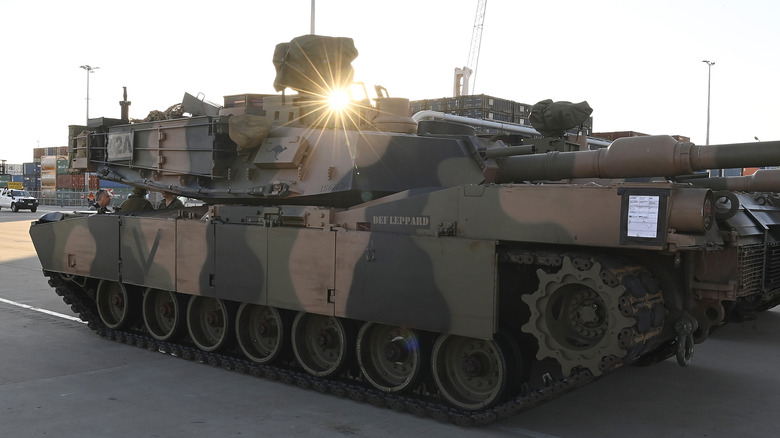
The U.S. military is devising plans to ensure that its tanks can deal with the dangers of drones because they're not as heavily armored in other areas as at the front, so those internal elements most at risk of a hit are positioned accordingly, where possible. Needless to say, opposing forces will attempt to target those precise parts, hoping to take tanks down quickly and efficiently.
Historically, the very assets that help keep tankers safe from lower-level threats (read: their ability to climb inside and close the lid of their armored shell) have meant that, should the hull be compromised, they can be in significant danger. For instance, if a fire starts, it's time-consuming and potentially difficult to escape. The blowout panel, however, is intended to divert the force of an impact away from the vehicle's stockpile of weaponry, which could otherwise explode, destroy the tank, and doom the crew inside.
The concept, as noted, is to mitigate the force of any strike that a tank may take. These are hefty vehicles built for endurance rather than raw speed, and this means that such spots need to be reinforced however possible. The blowout panel is one of the newer methods of doing just that, and a continued testament to the creativity and innovation that continues to go into the Abrams tank family. In fact, recent combat scenarios have demonstrated how effective a blowout panel can be.
One More Sophisticated Layer Of Protection
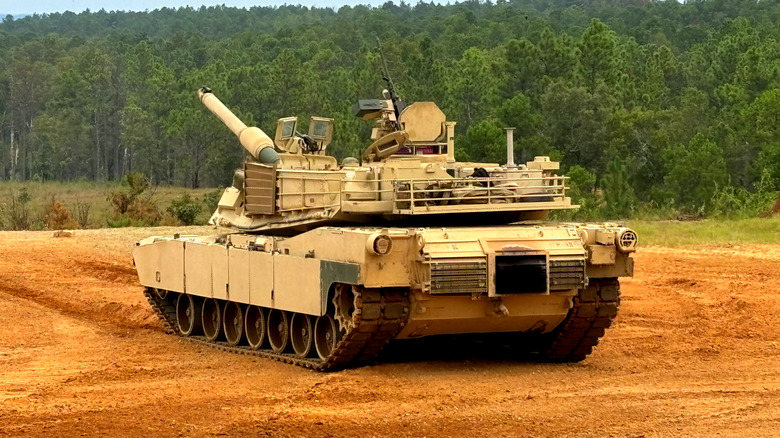
In December 2024, Rob Lee, Foreign Policy Research Institute senior fellow, spoke to the commander of an Abrams tank that had been subject to Russian drone strikes. The Ukrainian commander, who fought with the 47th Mechanized Brigade, explained, via X, that the crew inside hadn't been harmed at all. "The Abrams is a great tank," he said. "Thanks to the fact that the ammo is completely separated from the crew, the crew has a chance to survive."
Over the long history of the tank as a weapon of war, there has been significant evolution. To defend these military monsters, the advanced technology of reactive armor has been introduced and developed. This is a concept rather similar to the blowout panel, with the difference being that a blowout panel is intended to 'eject' the impact of a potential ammunition explosion out of harm's way.
Meanwhile, the idea with explosive reactive armor is that it can reduce the damage caused by a hit through its own explosive response, thereby redistributing that force in a different way. Only through such means, which must continue to evolve, can modern tanks remain potent military threats on today's battlefields. After all, even powerhouses like the M1 Abrams have significant weaknesses that must be overcome.
Want the latest in tech and auto trends? Subscribe to our free newsletter for the latest headlines, expert guides, and how-to tips, one email at a time.
Read the original article on SlashGear.
